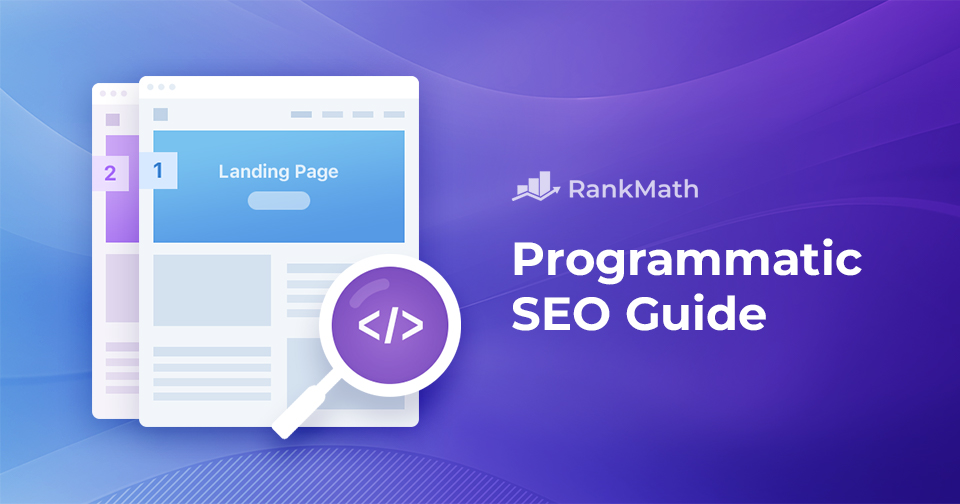Programmatic SEO is a method of creating and optimizing many web pages using code, data, and simple templates. Instead of writing each page by hand, this approach helps you build pages automatically based on information you already have, like product details, location data, or keyword lists.
It’s especially useful for websites that need to target a large number of search terms or create many similar pages, such as directories, eCommerce stores, or travel sites.
In this post, we’ll discuss what programmatic SEO is, how it works, when to use it, and how it can help you achieve sustainable growth in search rankings.
Table Of Contents
1 What is Programmatic SEO?
Programmatic SEO is the process of utilising data and automation to create a large number of web pages, typically to target specific keywords and enhance visibility in search engine results.
It’s often used by websites that need to cover a wide range of similar search queries, such as local services, travel guides, or software integrations.
While this method can help scale your content quickly, it comes with risks.
Before churning out thousands of pages, it’s important to notice the advice of Google’s John Mueller: “Programmatic SEO is often a fancy banner for spam.”
The key is quality. If your pages don’t offer useful, unique information, they may be flagged as thin content.
For example, Tripadvisor ranks for top things to do in California and similar phrases in thousands of cities using templated pages. But their content is backed by real user data, reviews, and maps, giving it genuine value.

Similarly, Zapier uses programmatic SEO to rank for software integrations, generating over 800,000 indexed pages and earning hundreds of thousands of monthly visits.
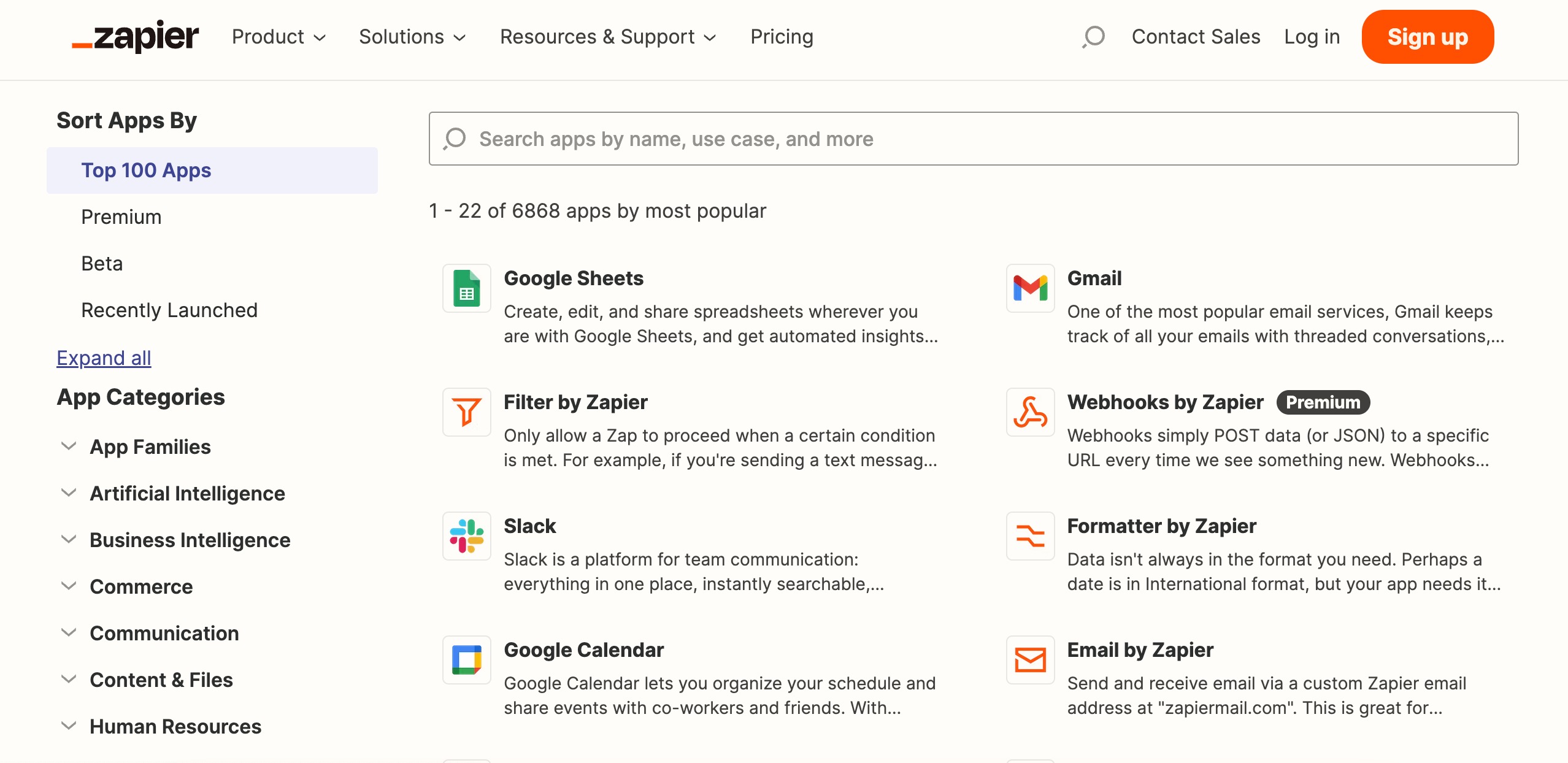
In short, programmatic SEO isn’t just about producing content at scale — it’s about doing so responsibly. When done right, it can help you reach more users through organic search, especially via local, mobile, and voice-based queries.
With that said, programmatic content must satisfy user intent and comply with Google’s spam policies.
2 Pros and Cons of Programmatic SEO
Let us now discuss the pros and cons of programmatic SEO.
2.1 Pros of Programmatic SEO
Efficiency and Scalability
You can generate hundreds or even thousands of landing pages quickly, which is especially useful for large websites like directories, eCommerce stores, or travel sites.
Data-Driven Decision Making
By using existing Structured data (like product specs, city names, or software integrations), you can create content that targets specific long-tail keywords without writing each page manually.
Improved Search Visibility
Covering a broad range of search queries helps attract more traffic across many different search intents, particularly for location-based or niche-specific searches.
Consistency in Structure and Design
Since the pages are generated using templates, they maintain a consistent format, which improves user experience and reduces design/development overhead.
Good Fit for Automation Tools
Programmatic SEO works well with tools and platforms that allow for content automation, such as internal CMS workflows or external APIs.
2.2 Cons of Programmatic SEO
Risk of Thin Content
If the pages lack unique value or substance, they can be flagged by search engines as low-quality or spam, negatively affecting rankings.
Potential for Spammy Practices
Some may misuse programmatic SEO techniques for spammy practices. This can include the creation of low-quality content or attempts to manipulate search engine algorithms, leading to potential penalties.
Overemphasis on Quantity vs. Quality
The focus on creating a large number of landing pages may lead to an overemphasis on quantity over quality. It’s essential to ensure that each page adds genuine value and is relevant to your audience.
Maintenance Challenges
Managing and updating a large number of pages can be difficult, especially when changes need to be applied across the site.
3 How to Do Programmatic SEO
Now that you understand what programmatic SEO is and why it matters, let’s look at how to implement it, starting with keyword research.
3.1 Conduct Keyword Research
Effective keyword research is the foundation of programmatic SEO. Your goal is to identify search terms your target audience is using, especially long-tail keywords that can be scaled across many landing pages.
You can use tools like Google Keyword Planner, Ahrefs, or Semrush to discover relevant keywords for your niche.
A key concept in programmatic SEO is combining head terms with modifiers to generate long-tail keywords.
- Head Terms: These are broad keywords with high search volumes, such as “best shoe, shoe shop, or high heels.” While popular, they’re too general and often too competitive to target alone.
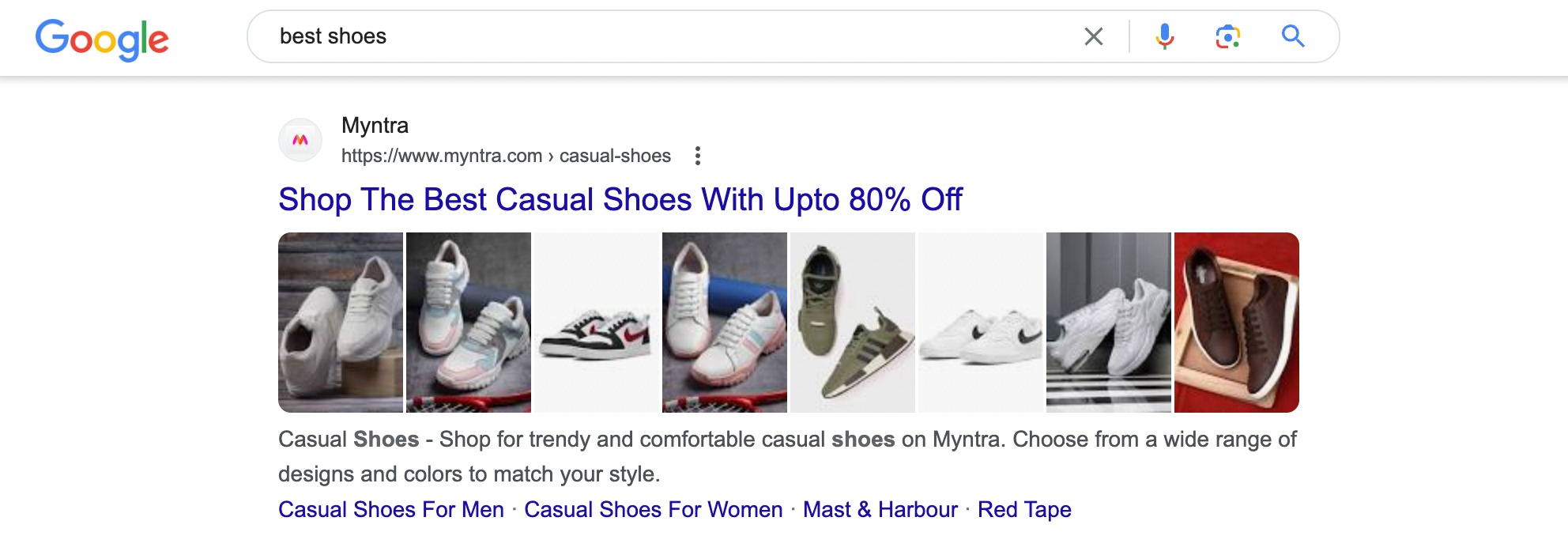
- Modifiers: These are words that add specificity to head terms, helping define search intent. Examples include “for running,” “near me,” or “for camping.” When paired with head terms, they create long-tail queries like: Best shoe for running, Shoe shop near me, High heels for weddings.

These long-tail keywords usually have lower search volume but indicate stronger intent, which makes them ideal for driving more targeted and conversion-ready traffic.
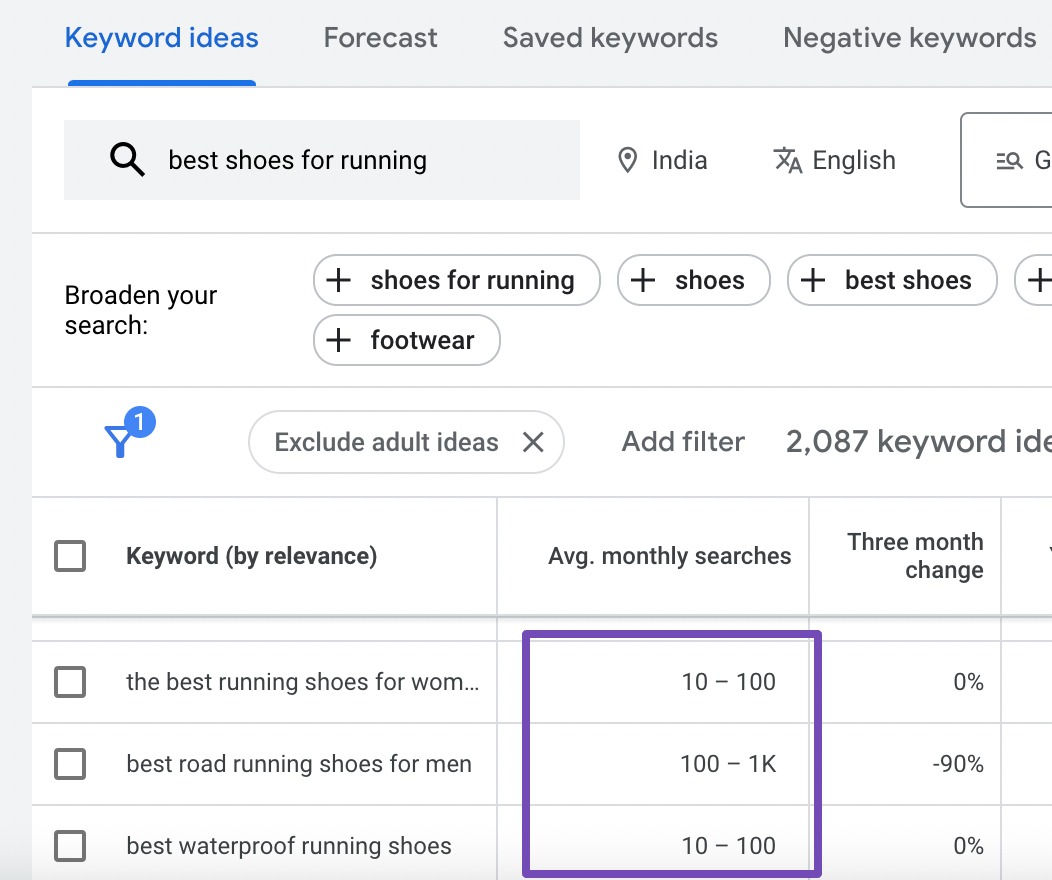
Programmatic SEO involves generating pages at scale for these long-tail combinations. The better your keyword research, the more precise and valuable your programmatically created content will be.
Refer to our dedicated tutorial on keyword research for an easy way to identify keywords.
3.2 Develop a Landing Page Template
In programmatic SEO, a well-structured template lets you generate many landing pages efficiently without building each one from scratch. This template acts as the foundation for all the pages you’ll create using your keyword combinations and data.
Let’s consider Tripadvisor as an example.
They use a consistent layout to create individual pages for restaurants. Each page includes key information like the restaurant’s name, description, price range, cuisine type, location, ratings, photos, and contact details—all displayed in a clean, user-friendly format.
They also publish broader list pages like “Best restaurants in ((city))”, where the city name is a dynamic modifier. These pages compile relevant restaurants for that location, using the same underlying structure with different content based on the location data.
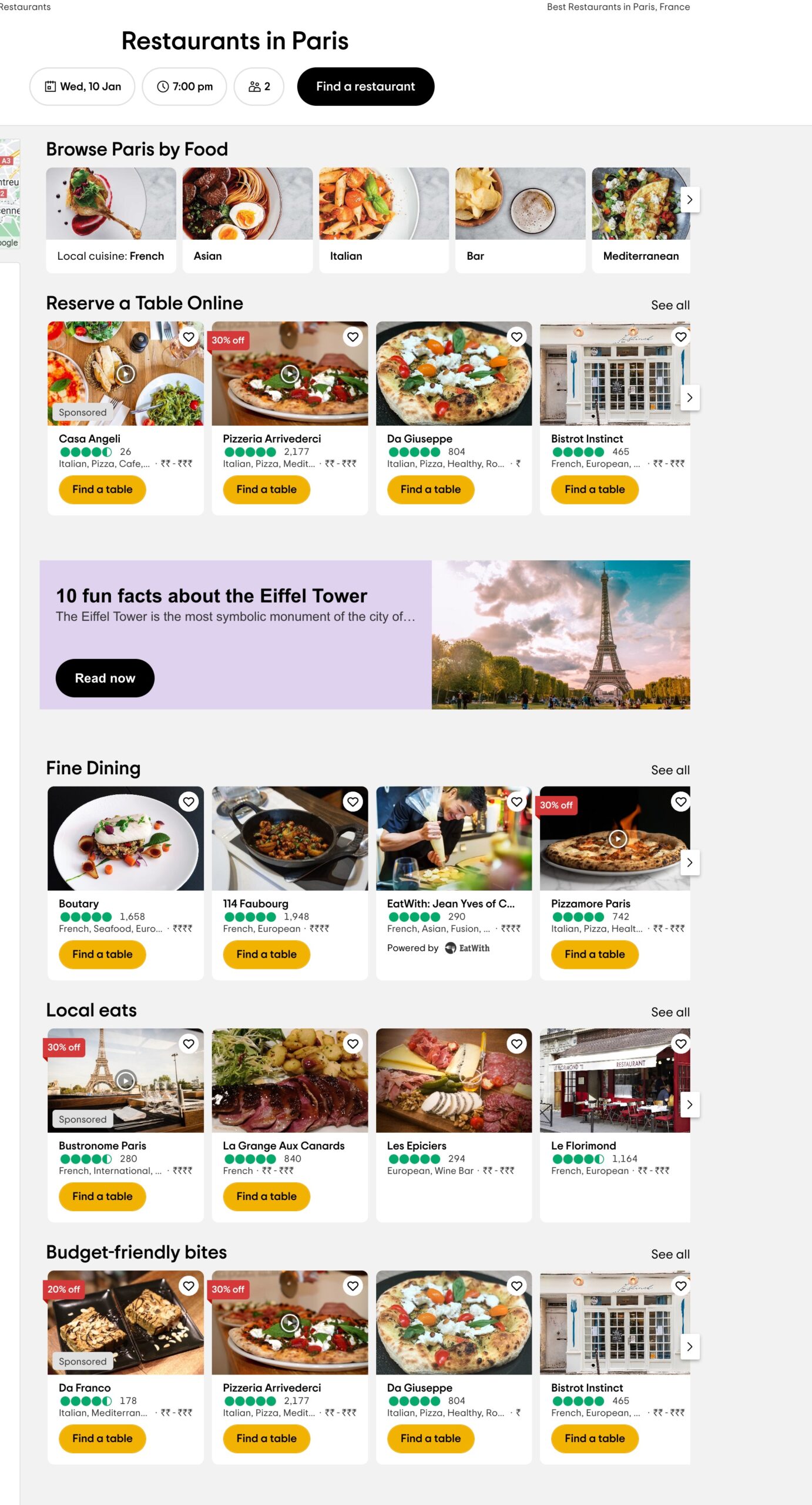
Steps to Create a Landing Page for Programmatic SEO
Start by deciding what information each age will display. Think about:
- What the user expects to find
- What data you already have
- What search intent you’re targeting
For example, if you’re creating location-based service pages, your structure can include:
- Page title (with city or region)
- Short description
- Service offerings
- Testimonials or reviews
- Contact details
- A call-to-action (CTA)
Each of these elements will become a placeholder in your template.
Next, design a clean and consistent layout that works well across all devices. The template should be:
- Easy to scan (use headers, bullet points)
- Mobile-friendly and responsive
- Fast-loading
- Clear on CTAs (buttons, links, or forms)
You can sketch the wireframe or use design tools like Figma or Adobe XD before implementing it in your website builder or CMS.
Insert dynamic fields where data will be inserted. These are typically called tokens or variables depending on your CMS or import tool.
Examples:
{{city_name}}{{service_company}}{{average_rating}}{{price_range}}
This way, each landing page will automatically pull in relevant data from your database or spreadsheet.
Once your template is ready, you’re set to start generating your programmatic landing pages.
3.3 Connect to Database
Once your landing page template is ready, you’ll need a place to store and manage the data that will populate each page, such as titles, descriptions, keywords, locations, or product details.
You can start with something simple, such as an Excel spreadsheet, where each row represents one page and each column holds a different data point (e.g., city name, service, or CTA text).
For a more flexible and scalable solution, consider using tools like Airtable or Google Sheets. These platforms allow you to organize data in table format and make it easier to connect with automation tools later in the process.

Choose the tool that best fits your workflow, but ensure it’s easy to update and structured consistently for seamless integration into your programmatic SEO setup.
3.4 Publish Your Content
With your template and data ready, the final step is to publish your content on your website.
Depending on your content management system (CMS), several no-code tools are available to help automate this step.
For example, if you’re using WordPress, tools like WP All Import allow you to connect your spreadsheet directly to your site. Refer to our dedicated tutorial on installing a WordPress plugin.
Once the plugin is activated, navigate to All Import → New Import from your WordPress dashboard and simply upload your spreadsheet.
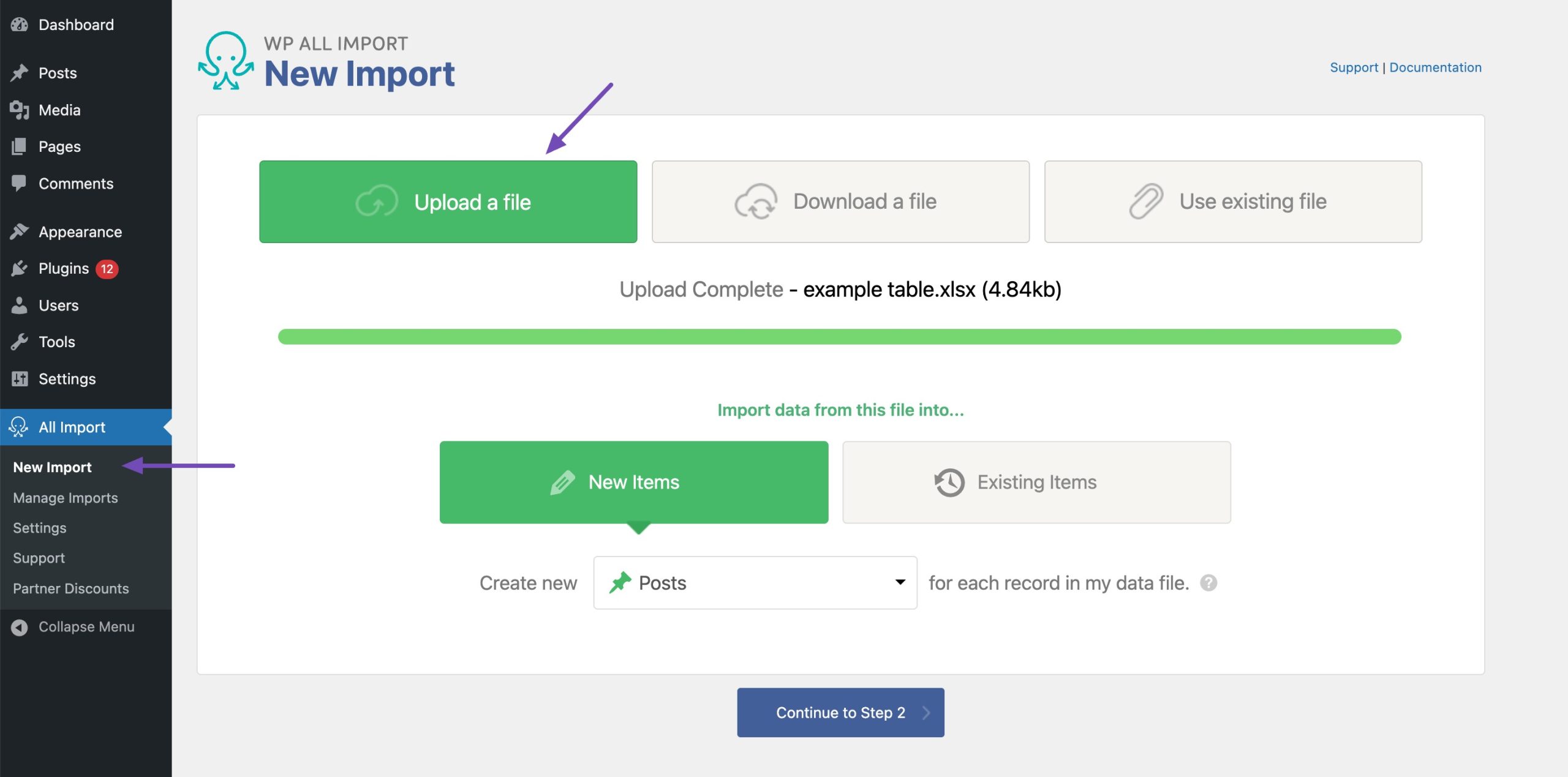
Next, tell the plugin what content goes where (e.g., use title in the title, rating in the paragraph) and the plugin will create one page per row.

Follow the next set of instructions, which are easy to understand. Once set up, these tools can automatically create and publish a new page every time a new row is added to your data source.

This enables the publishing process to be faster, more consistent, and scalable, eliminating the need for manual input.
Choose the right automation tool based on your CMS, and make sure everything is properly mapped before going live.
4 Conclusion
Programmatic SEO offers a powerful way to scale your content and target a wide range of search queries with minimal manual effort. By combining automation, structured data, and smart keyword strategies, you can build hundreds—or even thousands—of optimized pages that meet specific search intents.
But scale alone isn’t enough. For programmatic SEO to work, your pages must deliver real value to users. That means thoughtful templates, clean design, relevant content, and a strong focus on user experience.
When done right, programmatic SEO can drive consistent organic traffic, improve search visibility, and support long-term growth. Just remember: quality, not just quantity, is what keeps you on the right side of Google’s guidelines.
Start small, test results, and scale what works.
If you like this post, let us know by Tweeting @rankmathseo.
